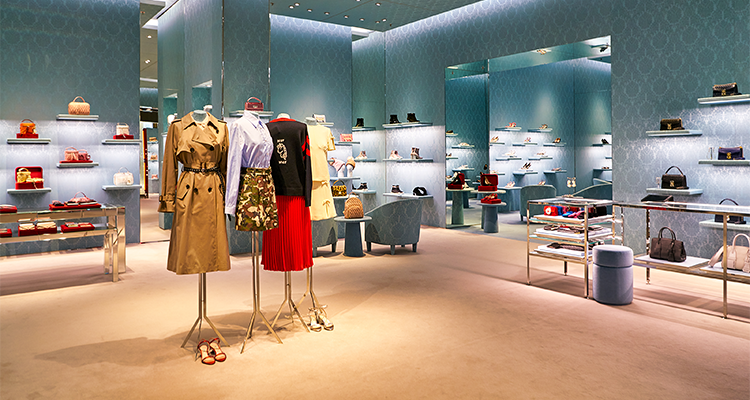
China’s luxury sector is rapidly recovering
Business of Fashion insights has detailed the true extent to which the nation’s luxury market is growing once again
Chinese luxury fashion and beauty is on the road to recovery. National sales should reach $131 billion by 2027 to surpass pre-pandemic levels in the years ahead. This data is part of research from Dynamic Journeys: China’s Luxury Shoppers at Home and Abroad. This is a new report from BoF Insights, the data and analysis think tank at The Business of Fashion.
The new report forecasts a reversal of domestic and international patterns. Two-thirds of high-end purchases were made in mainland China, by 2027, compared with one-third before the pandemic. China’s luxury shoppers are budgeting to spend at least $1000 on luxury fashion and beauty over the coming year. Apparel, shoes and bags and small leather goods are the categories they most expect to increase spend on overall.
$89 billion of the $131 billion of sales expected to be generated by Chinese luxury shoppers by 2027 will take place in mainland China. The majority of these purchases (86 percent) will be in-store. This cements the role of physical retail as a key driver of spend, customer loyalty and brand interaction.
During the pandemic, limits on foreign travel meant Chinese citizens looked closer to home to purchase luxury items. In doing so, they capitalized on public holidays to explore the country and enjoy domestic shopping opportunities. The spending power of these shoppers is evident with 85 percent of Chinese high-net-worth individuals having spent over $7000 on luxury fashion in the last year. Meanwhile, 76 percent spent over $1200 on luxury beauty products.
Global players must strike an appropriate balance between having a strong presence on WeChat, Douyin and other Chinese digital platforms used for inspiration and discovery. Thereby, building excitement and loyalty with unique, in-store experiences and personalized shopping. Focusing on physical retail and neglecting digital channels can diminish a brand’s ability to connect with their customers once they return home.